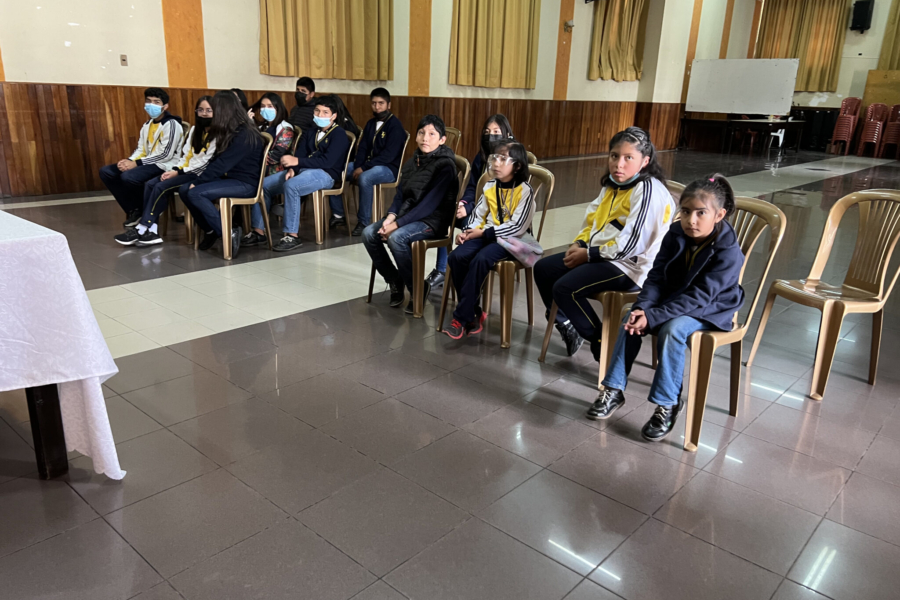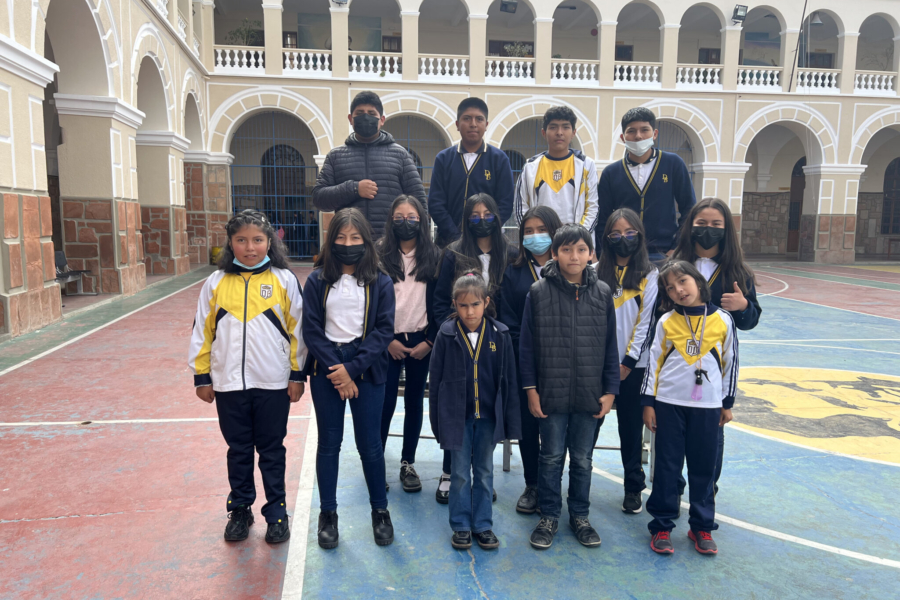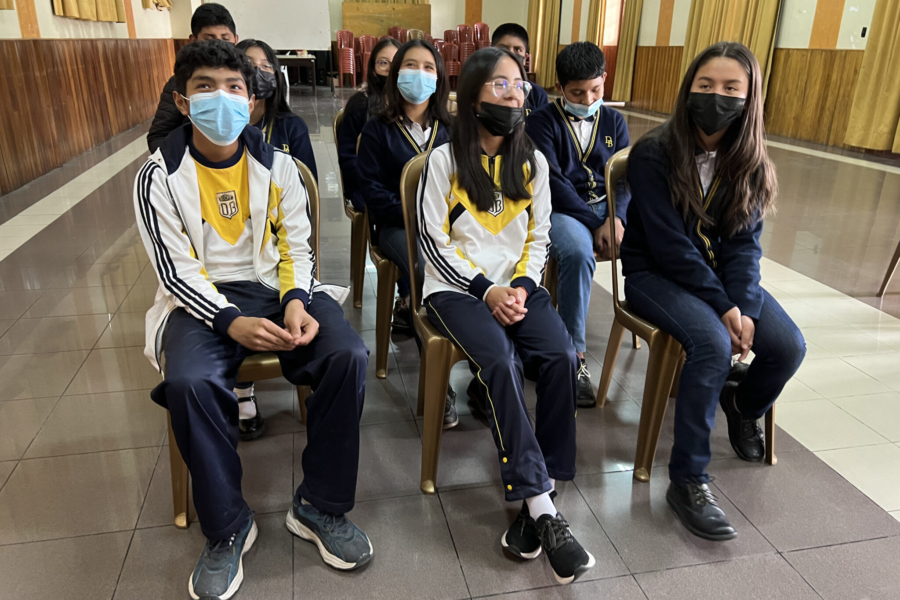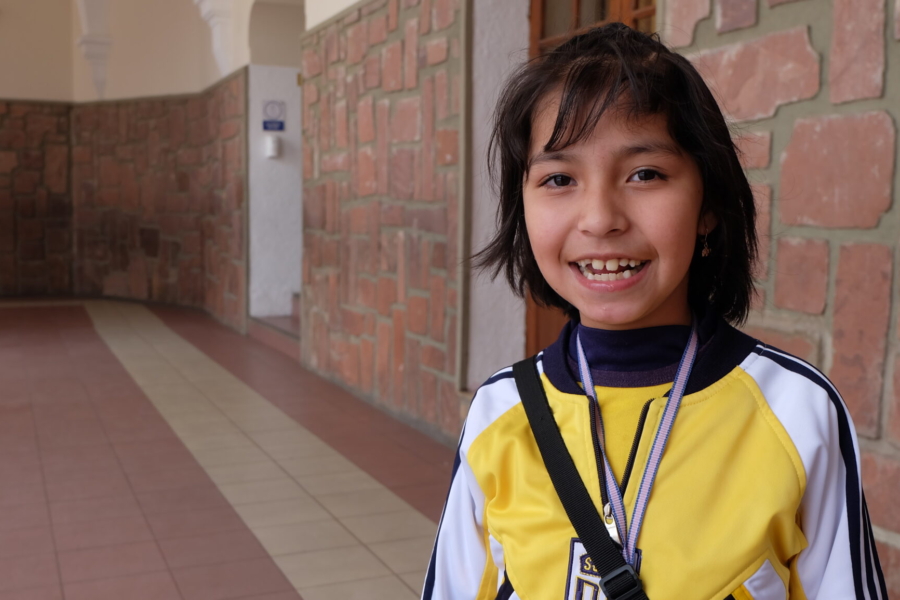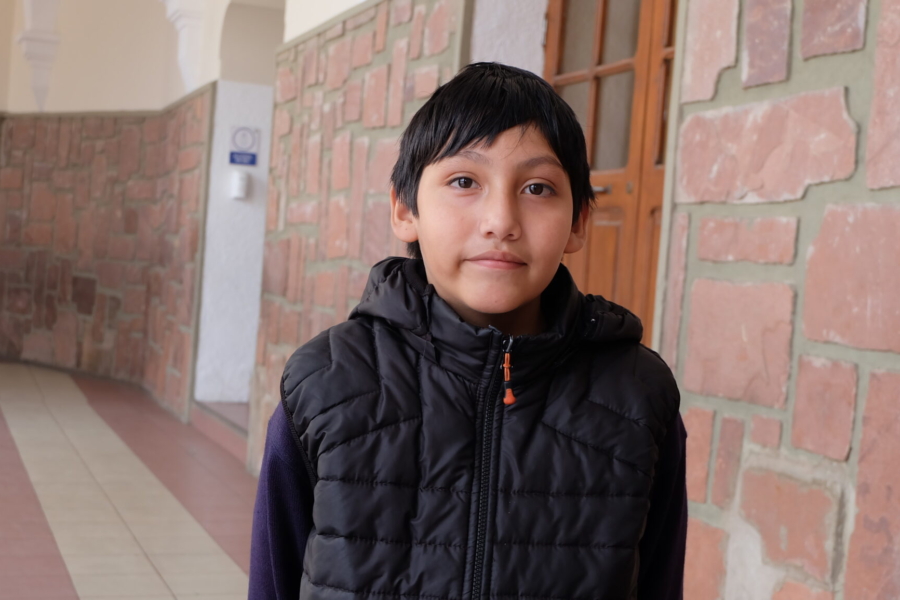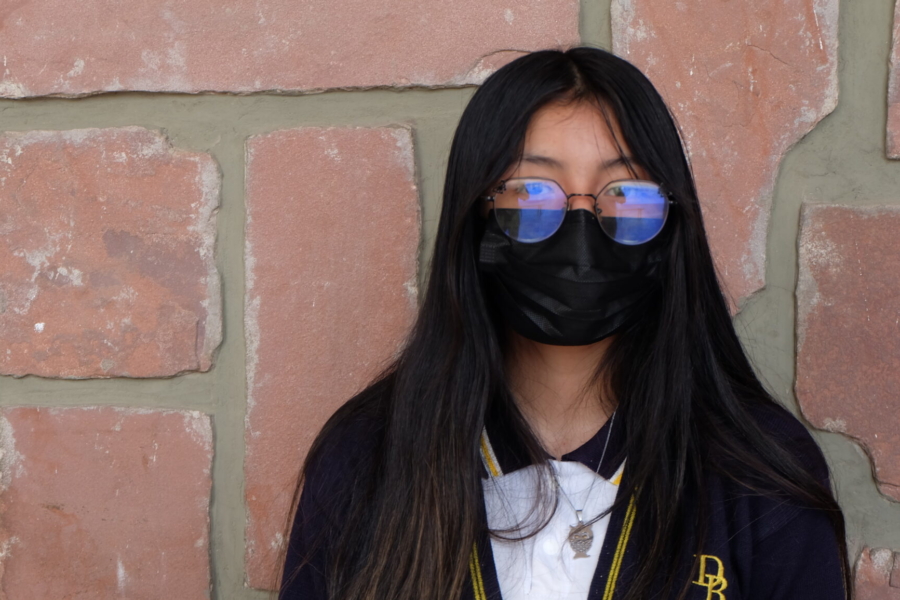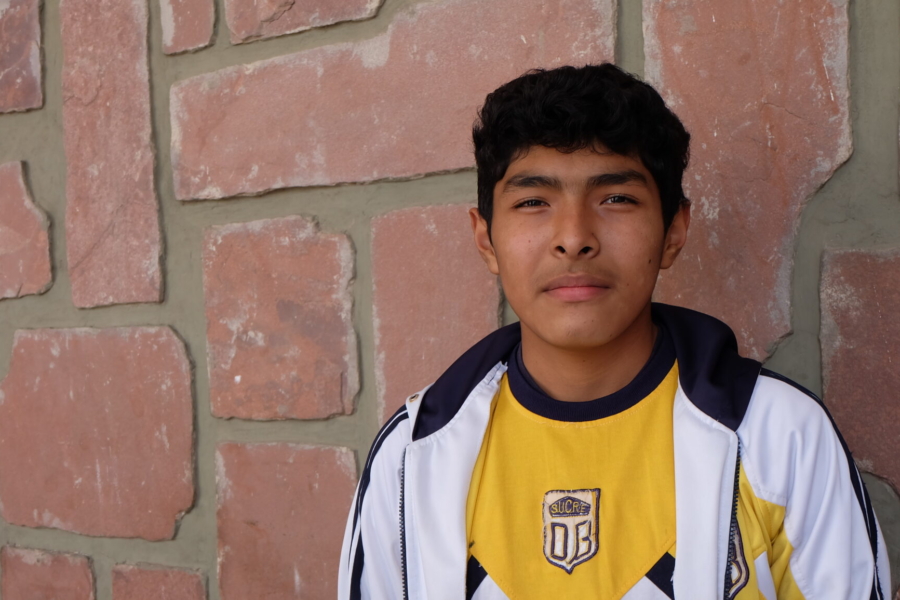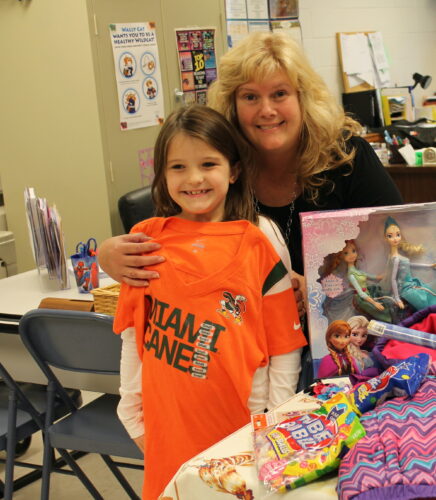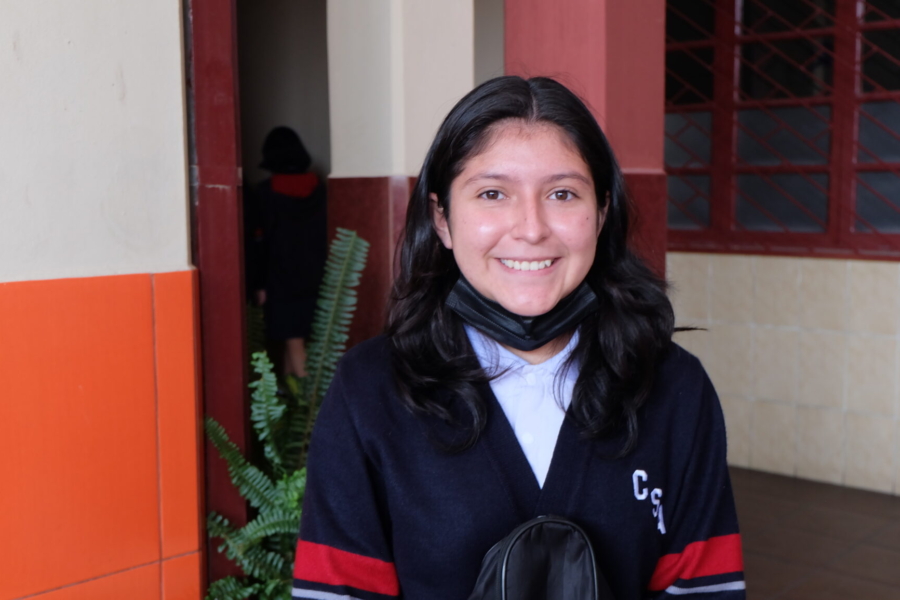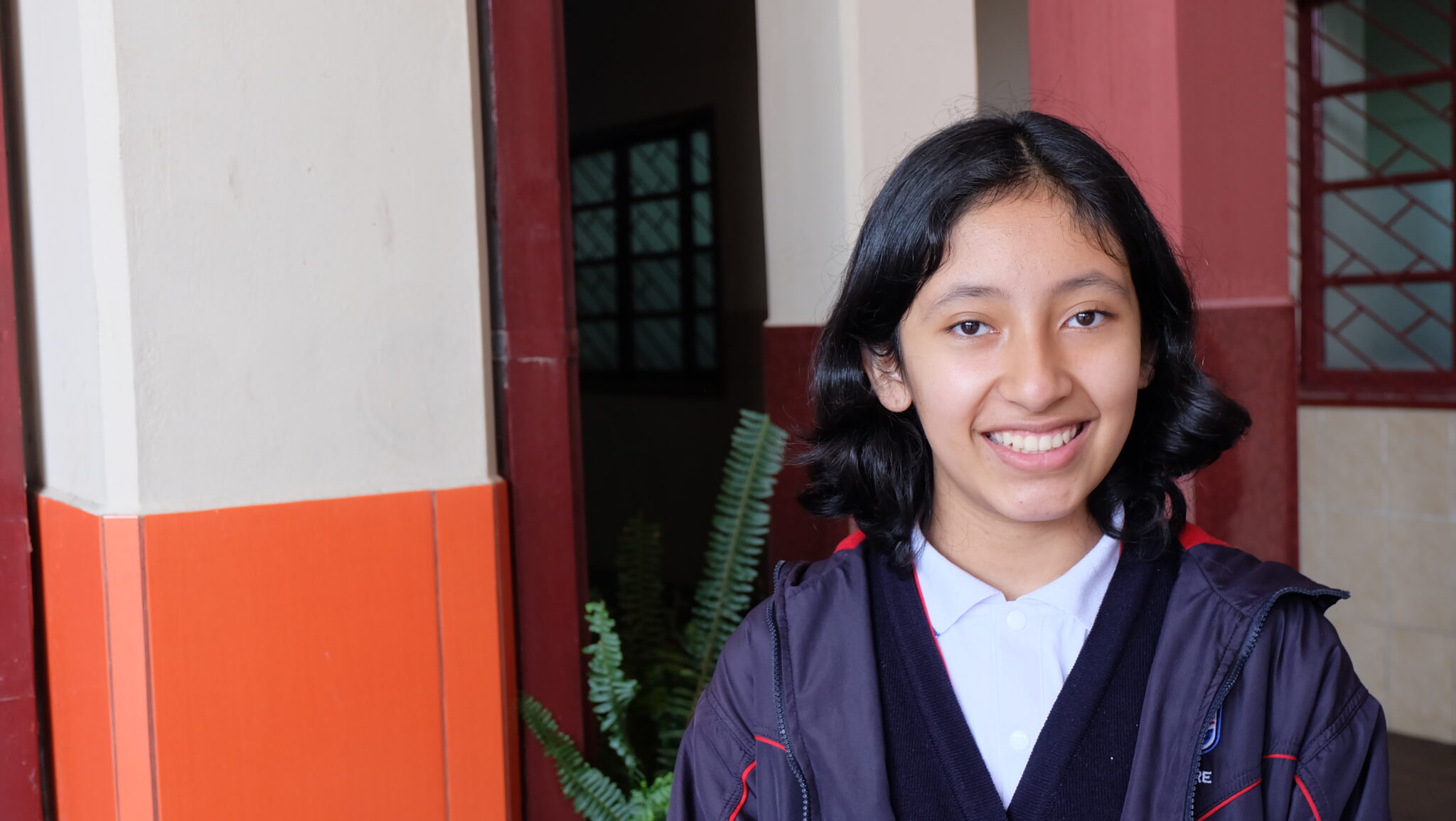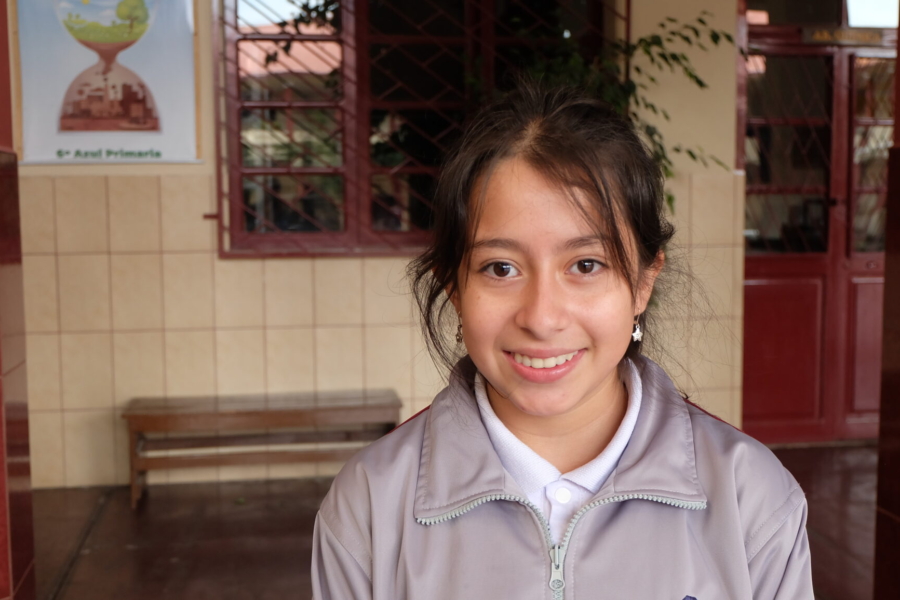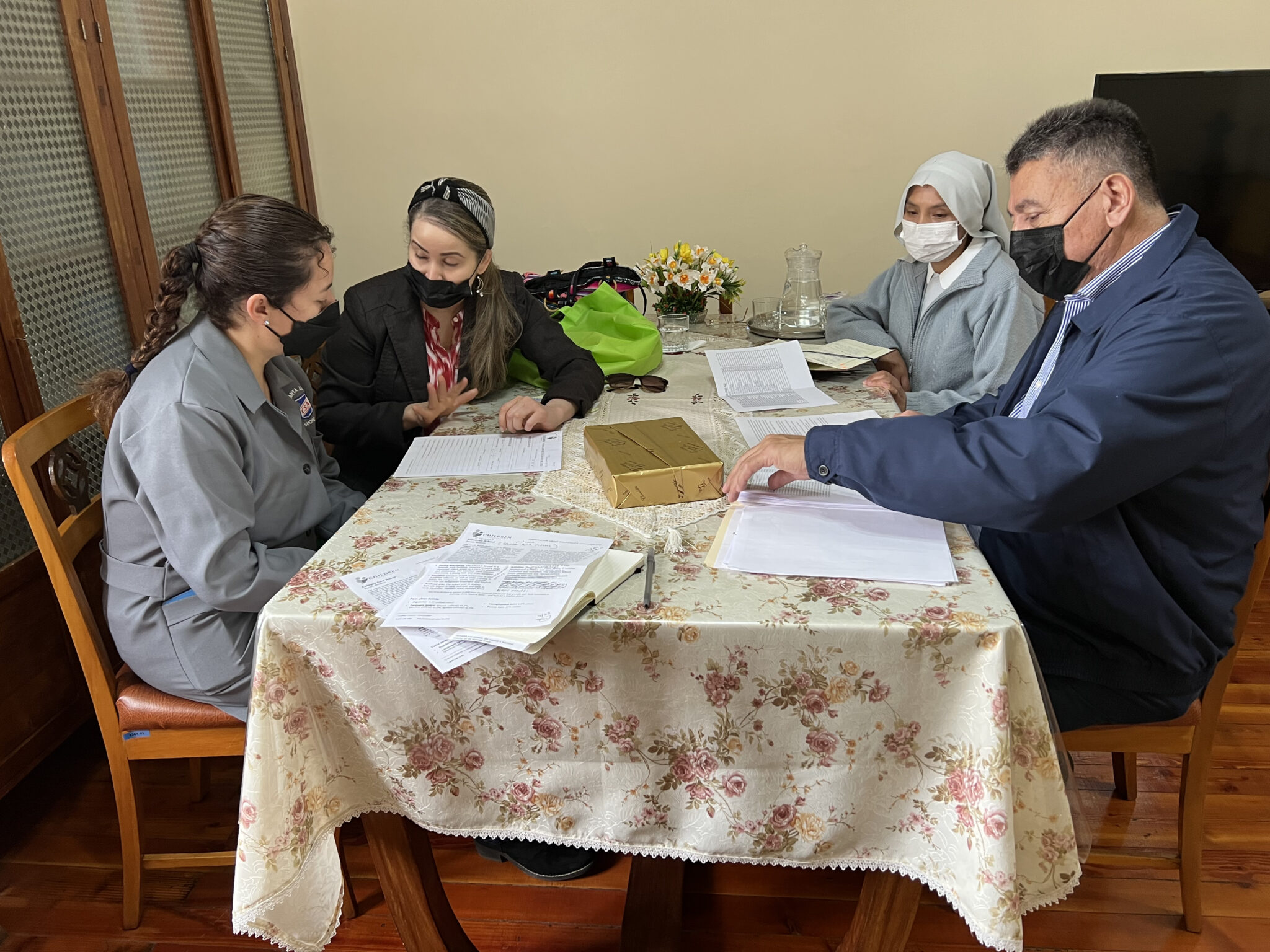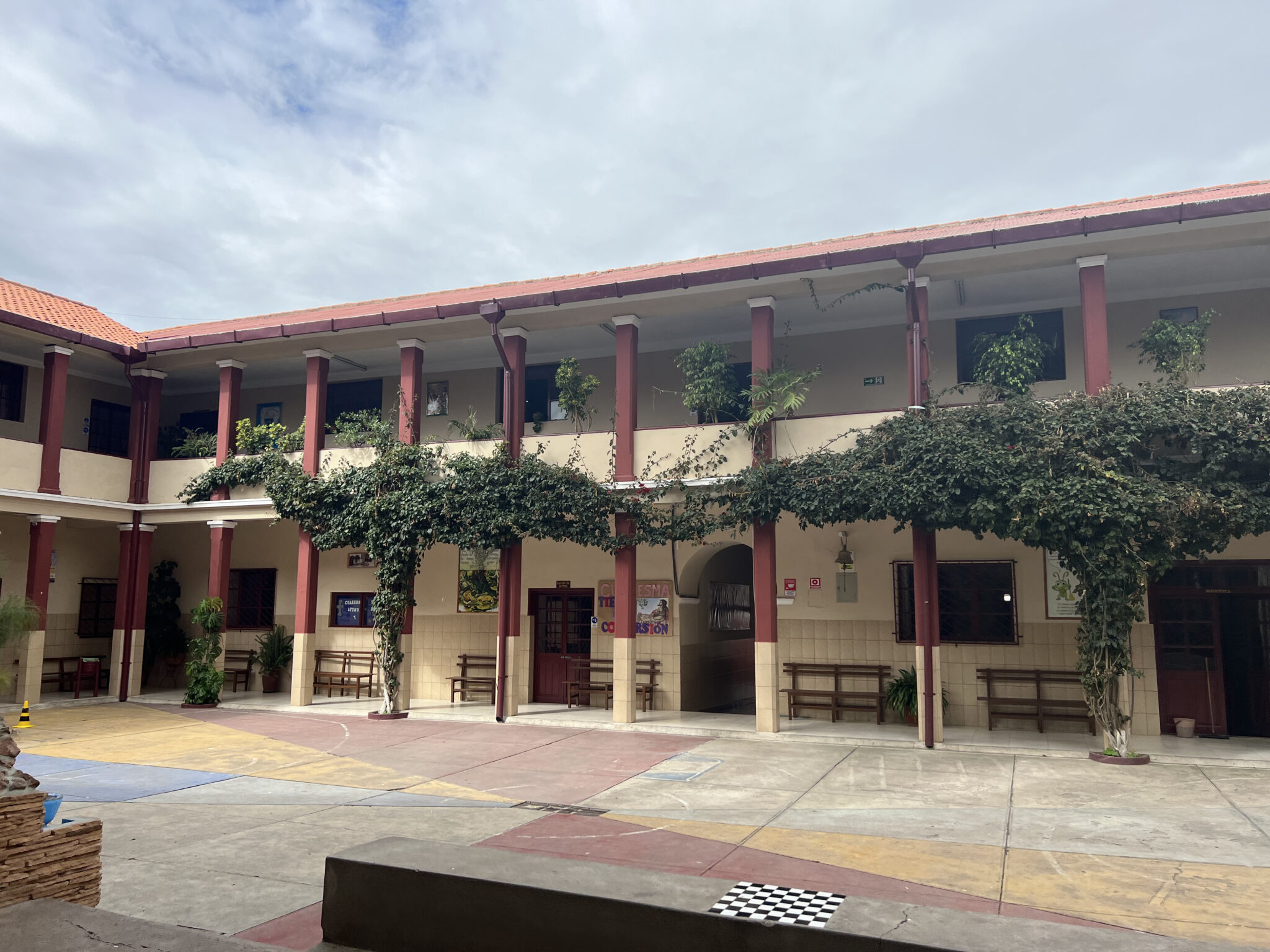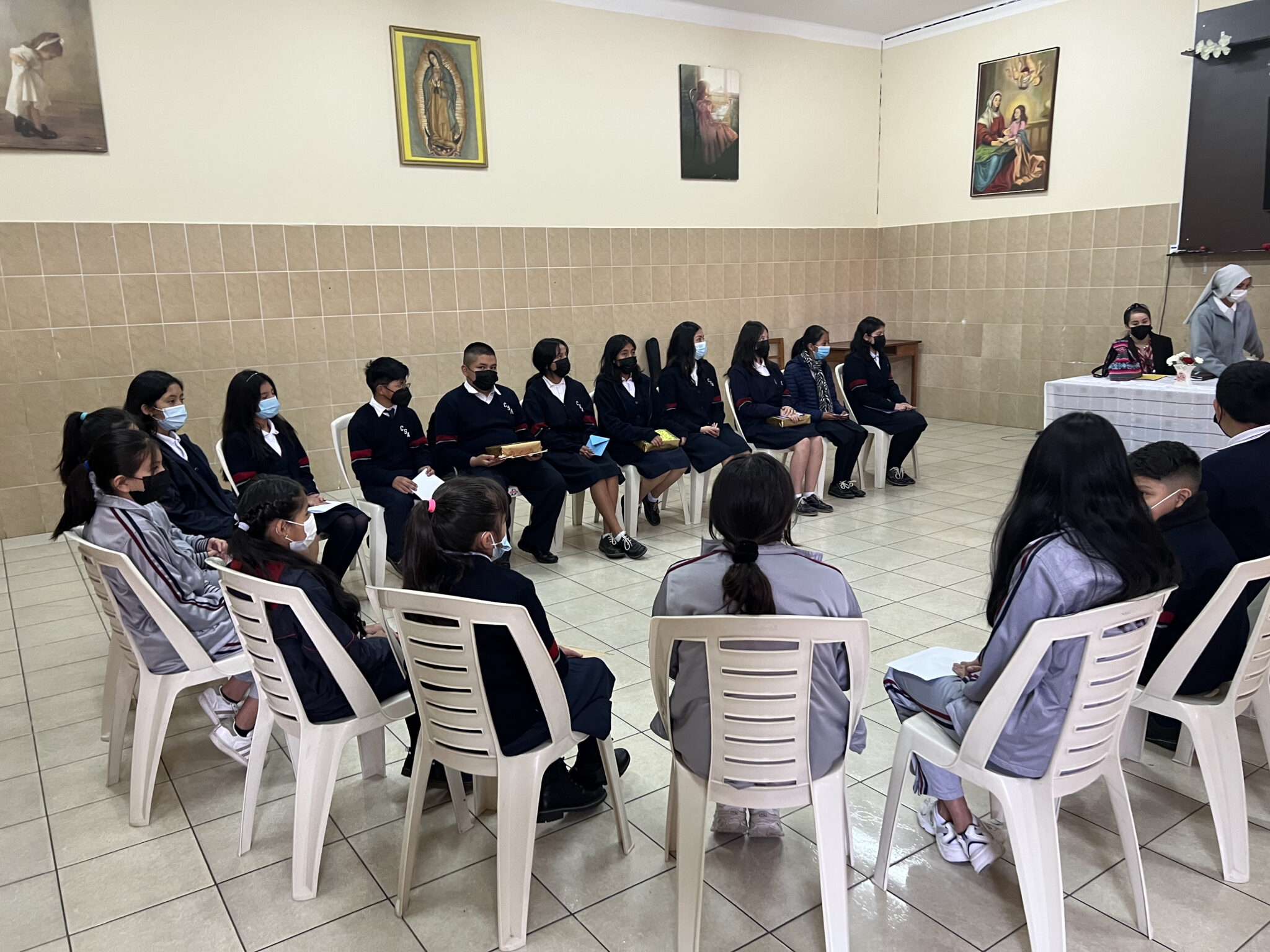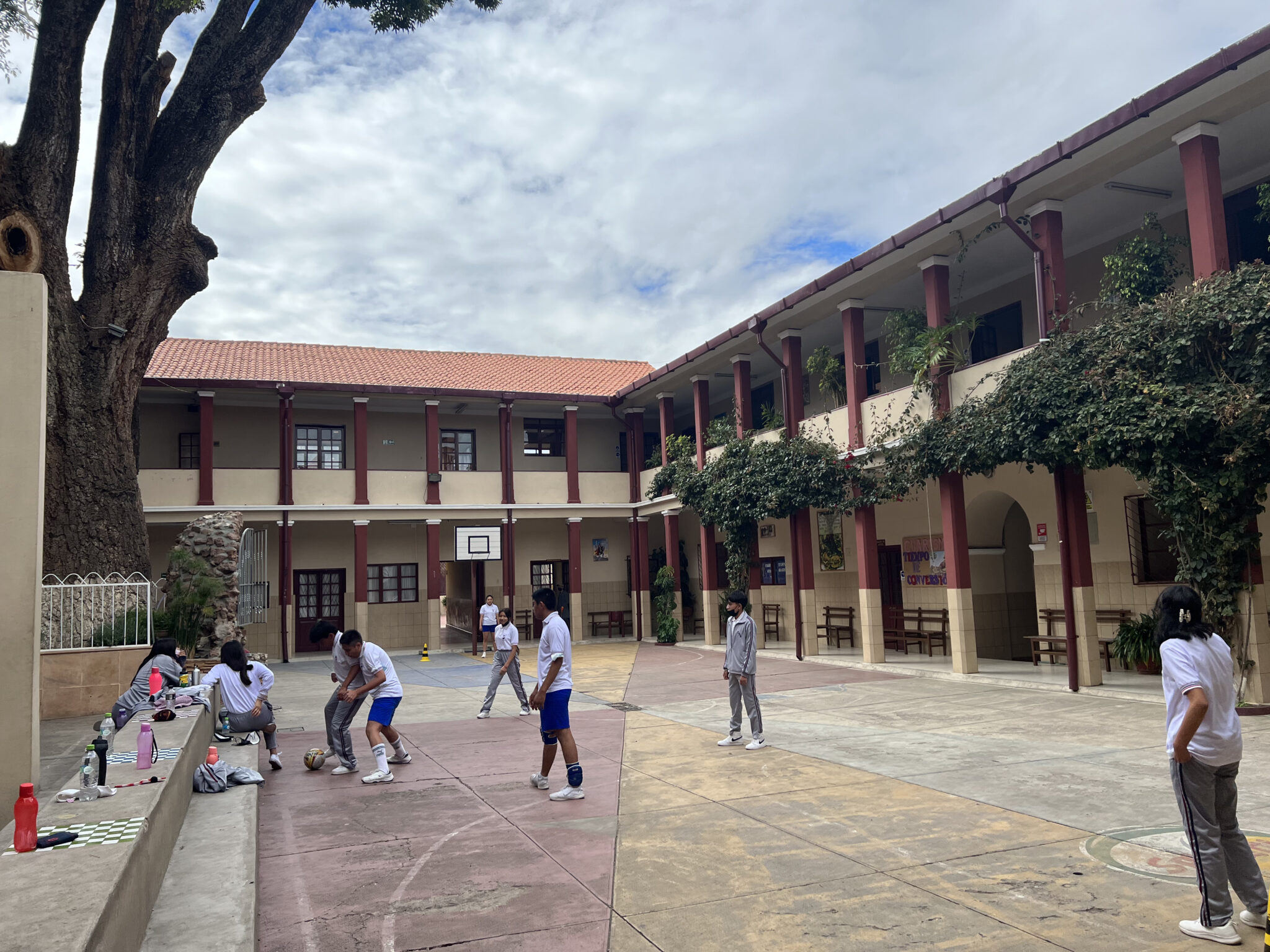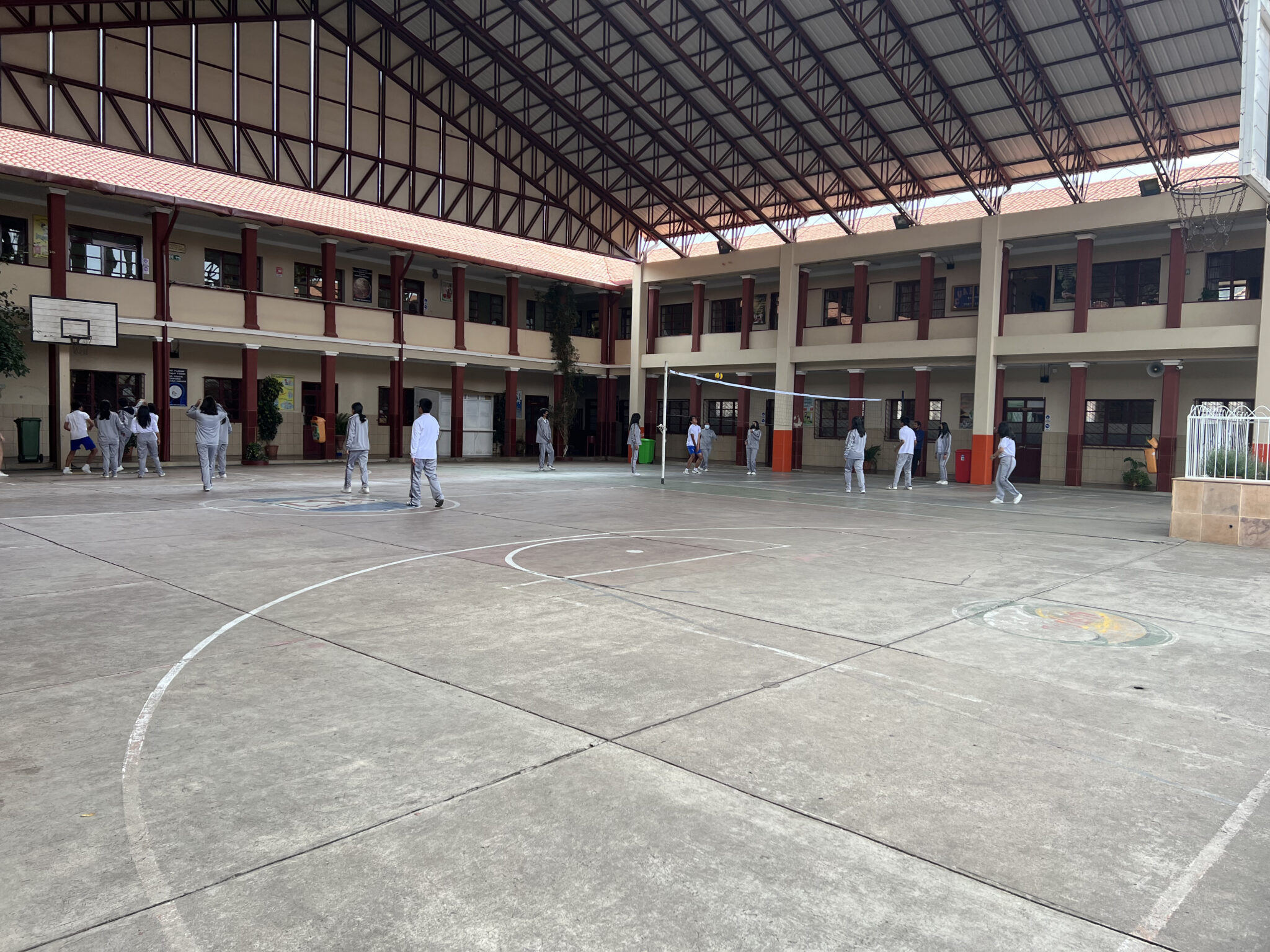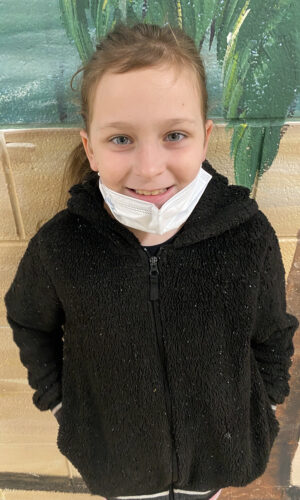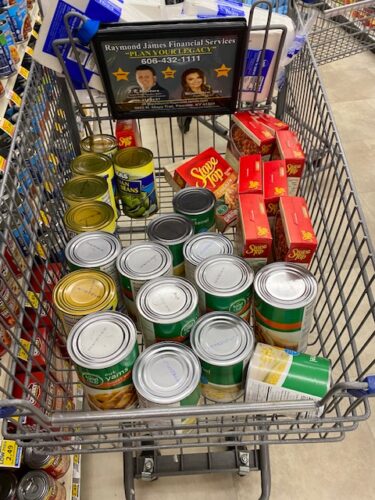Bolivia is a country known for its tumultuous history, dating back decades, in which a series of coups and countercoups have made the country unsafe for residents and tourists alike. And although in more recent times, with a democratic ruling party, Bolivia has seen less civil unrest than previously, the country is still facing problems with violence due to modern-day political interference.
For now, our sponsors help them with school fees, such as funds for books and meals, as even public-school education in Bolivia isn’t always free.
Being smaller in size than the larger Bolivian cities of La Paz and Santa Cruz, Sucre has a feeling of being sheltered from many dangers of the outside world. With its small cobblestone streets, colonial buildings and quaint atmosphere, Sucre is the polar opposite of a major metropolitan city.
Giving families peace of mind
Having been to La Paz and Santa Cruz before on a previous trip with Children Incorporated to Bolivia, Sucre felt manageable and easy to navigate comparably. The city was bustling with families, tourists and students walking around at all times of day and night with an obvious feeling of security that might not be present in a more major city.
And — for families living in poverty, where employment might not offer parents the opportunity to be available to escort their children to school, or be at home when the school day is over — this sense of security is so valuable in giving them peace of mind when they already have to worry about providing for their children on limited incomes.
On our third day in Sucre, Luis and I were scheduled to visit our affiliated site, Colegio Don Bosco, a short walk from our hotel in the city center, where boys and girls from impoverished backgrounds attended school in a large, two-story building with forty classrooms, a dining hall, kitchen, and laboratories for physics, chemistry and computer classes. After taking a tour of the school, we met with our sponsored children as our volunteer coordinator explained to us that the school was very prestigious, and many of the students go to study in universities after graduation.
A well-rounded way to help children in need
For now, our sponsors help them with school fees, such as funds for books and meals, as even public-school education in Bolivia isn’t always free. This support helps to reinforce the feeling of security that these students need to grow up healthy and happy — physically, mentally, and emotionally.
***
How do I sponsor a child with Children Incorporated?
You can sponsor a child in one of three ways: call our office at 1-800-538-5381 and speak with one of our staff members; email us at sponsorship@children-inc.org; or go online to our sponsorship portal, create an account, and search for a child that is available for sponsorship.


